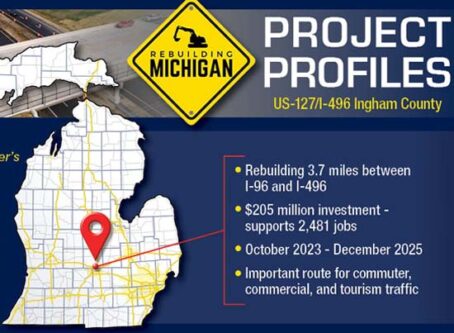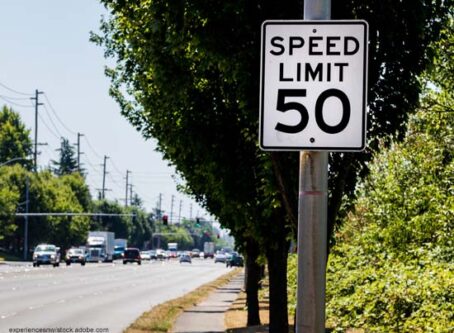Truck size, weights addressed on ‘Live From Exit 24’
Would bigger loads mean bigger bucks?
Not necessarily.
OOIDA President Todd Spencer and OOIDA research analyst Andrew King joined “Live From Exit 24” host Mike Matousek to discuss increased truck size and weight in terms of economics as well as safety.
Naturally, there is opposition and support for increased truck weight limits. As it pertains to OOIDA members, Spencer explained why it’s important for trucks to look at the bigger picture.
“The states set weight laws and collect fees and taxes based on those laws,” Spencer said. “Increased costs aren’t just for the few who benefit from this – they affect all truckers. Shippers are often the biggest beneficiaries. If a higher weight becomes the new standard, everyone has to have the ability to haul that unless you want to limit your capabilities. The competitive nature of the trucking business will lower the rate, and you end up with more costs without realizing the economic benefit.”
Listen to ‘Live From Exit 24’
These costs include, but are not limited to, fuel, wear and tear on equipment and insurance, according to King.
“Increasing productivity is a sound business principle when they have the luxury of not caring about the costs truckers will incur,” said Spencer.
Safety also becomes a major concern with any increase in hauling capabilities.
“There’s a niche for bigger and heavier trucks, so it can be profitable,” King said. “However, with bigger trucks you also limit their ability to stop. Speed limits are also a factor as traveling with the flow of traffic is a key to safety. I don’t see bigger trucks meaning less trucks.”
King offered a 2015 U.S. Department of Transportation study, which concluded trucks with six axles crashed more often than trucks with five axles.
“The bigger a load is, the person behind the wheel has to compensate for that,” Spencer said. “Even with all the improvements made on trucks, the best way to get a truck to stop is to recognize the need early. This is where experience can benefit a driver. You can’t count on equipment to make up for bad decisions. You have to react to everything on the road.”
The issues of federally funded roads, training requirements for drivers and how road infrastructure factors into the discussion were covered by caller questions as the show closed.
“Everything we (OOIDA) do is going to be focused from the perspective of the person behind the wheel,” Spencer said. “Much of the research is done by an entity that’s far removed from those behind the wheel. We are going to be outspoken for the person behind the wheel.”
OOIDA talk show
“Live From Exit 24” is scheduled for 11 a.m. Central every other Wednesday. Listeners can tune in to the show on the Live From Exit 24 website, OOIDA Facebook page or on OOIDA’s YouTube channel. The next episode airs Wednesday, Feb. 10.
Survey
“Live From Exit 24” launched as a way to expand OOIDA’s communication with members and to hear directly from drivers across the industry. OOIDA is asking for truck drivers to fill out a survey to let the Association know how you are liking the show so far. The survey is here. LL









